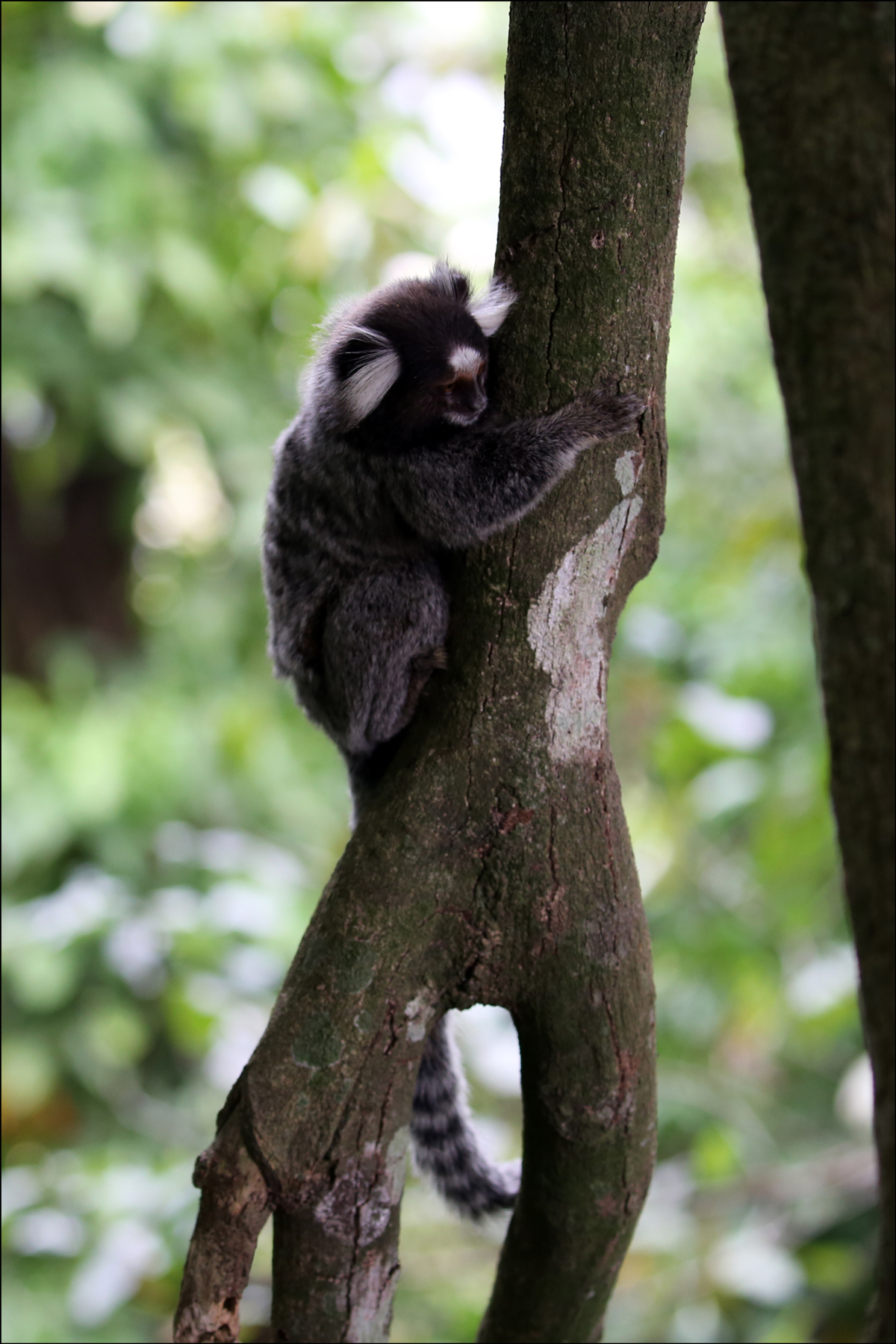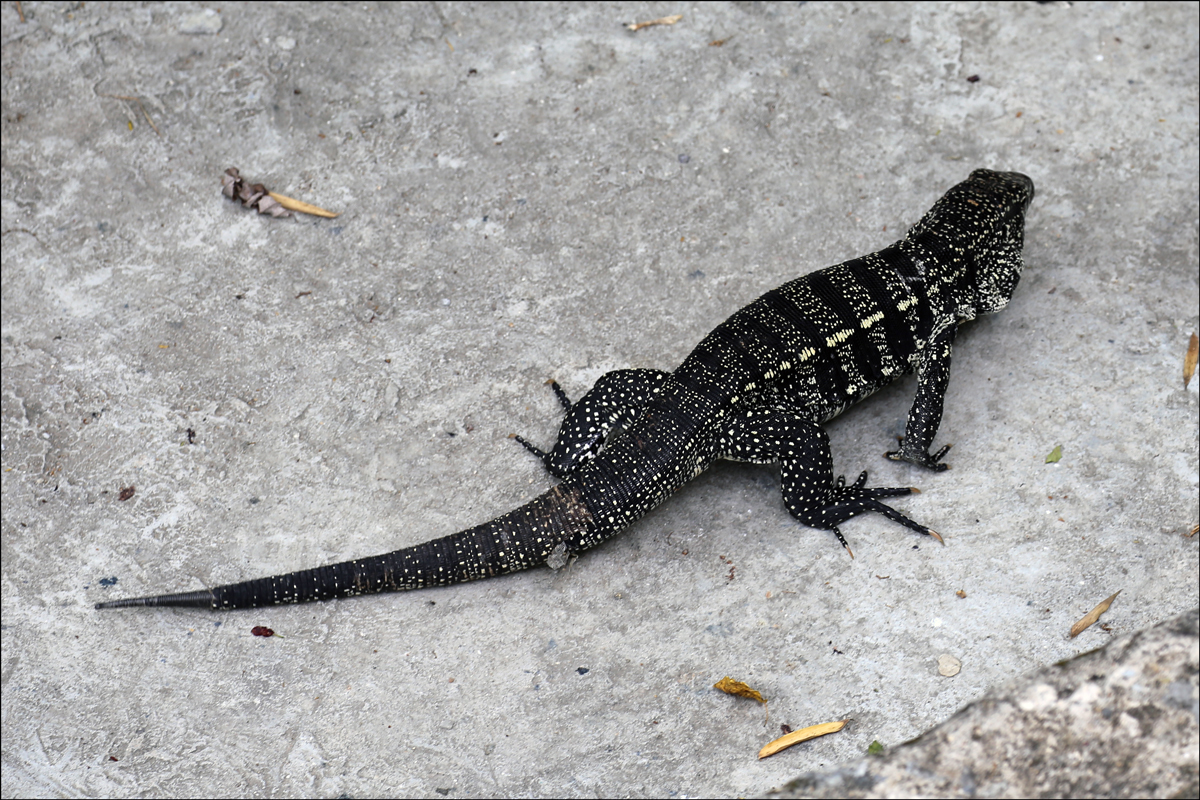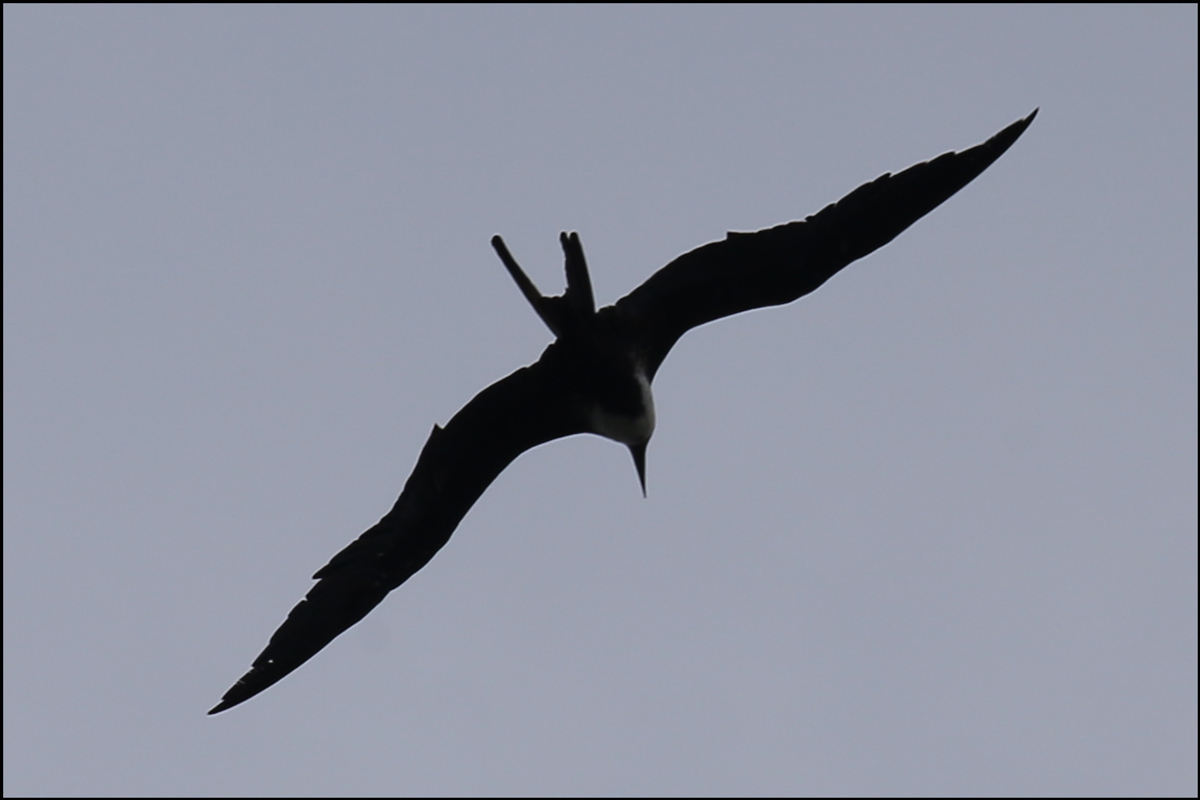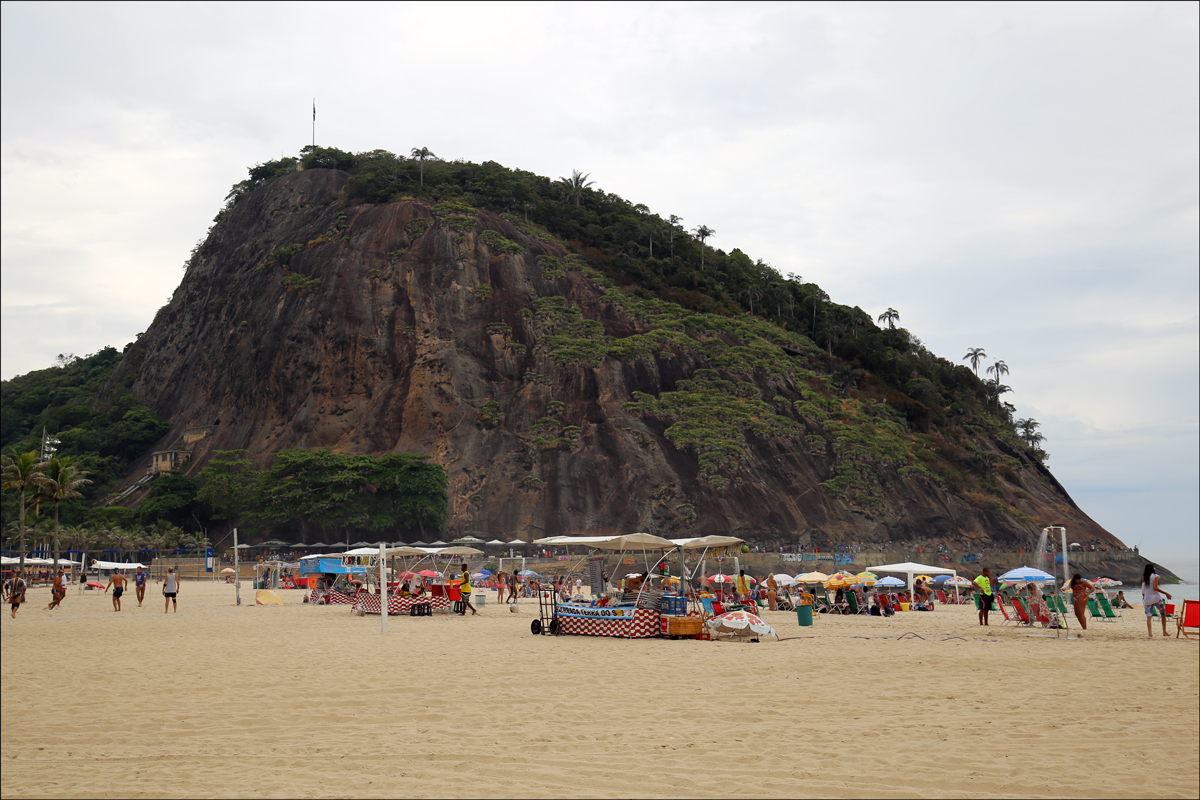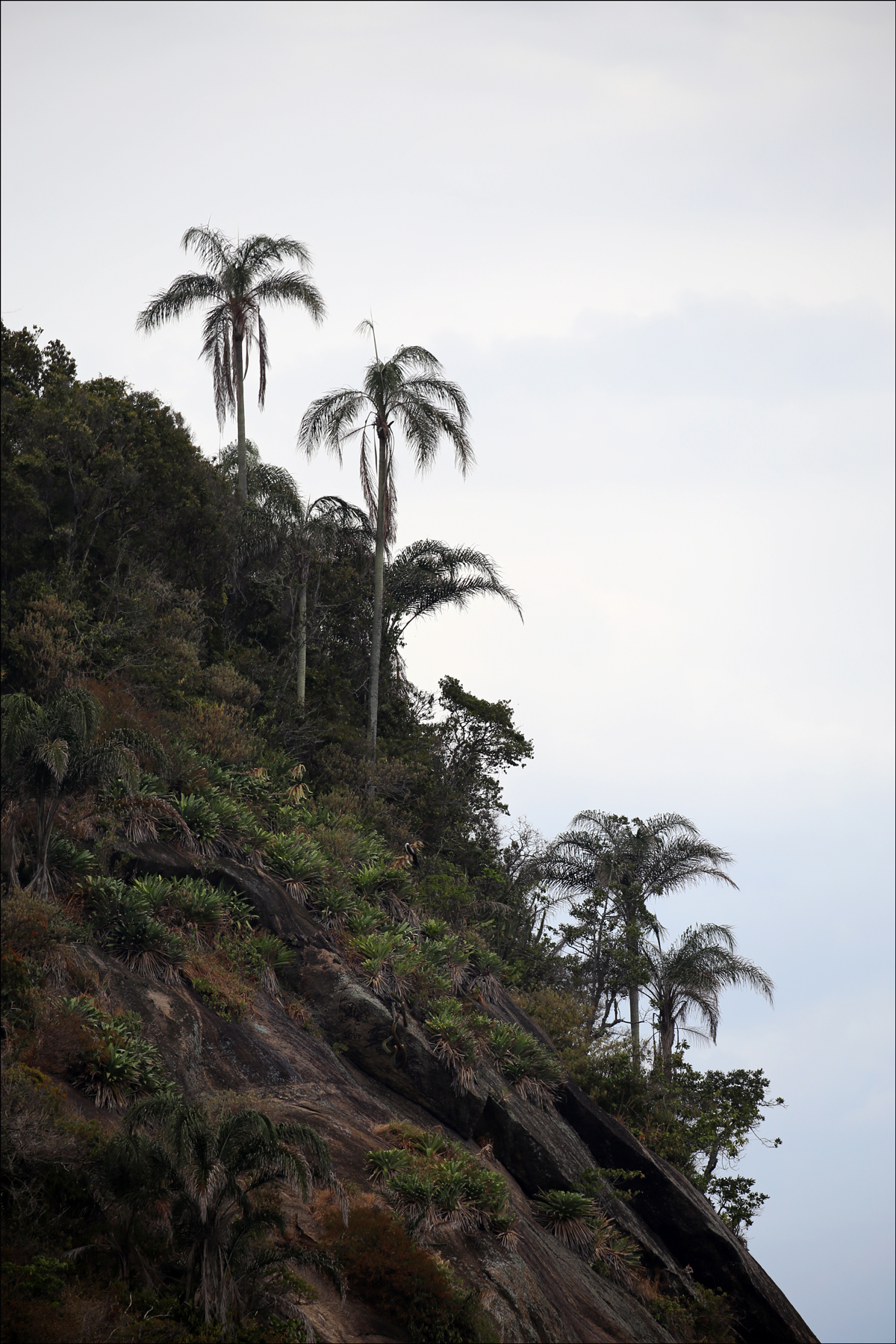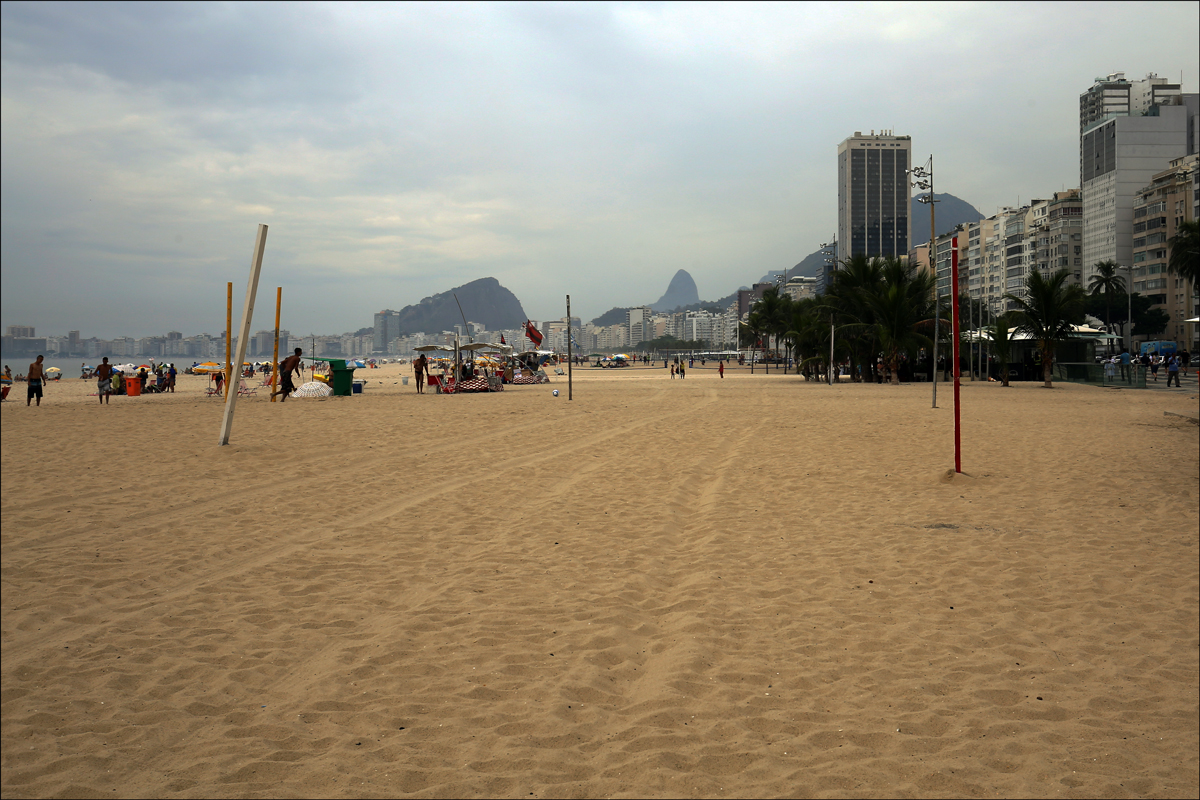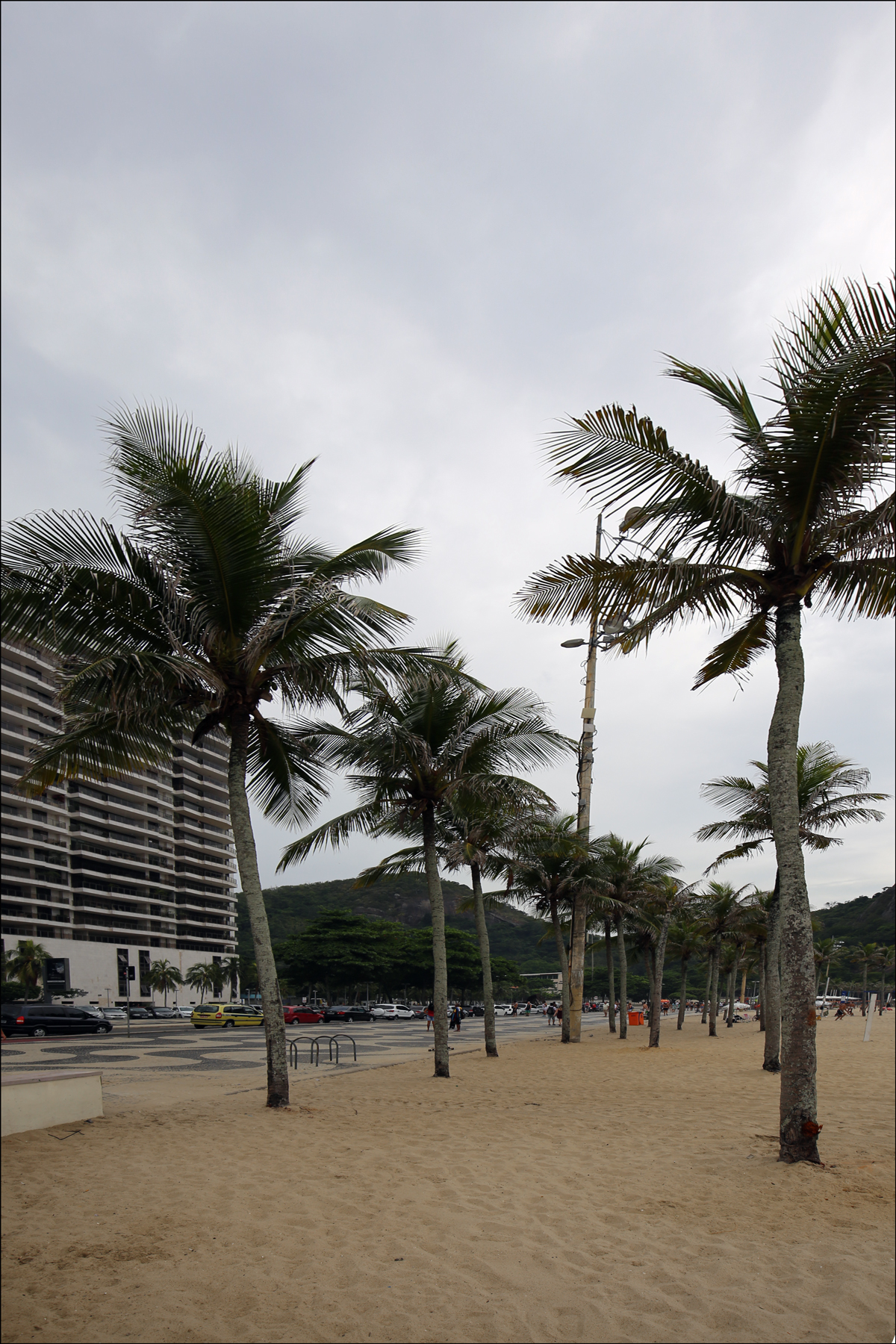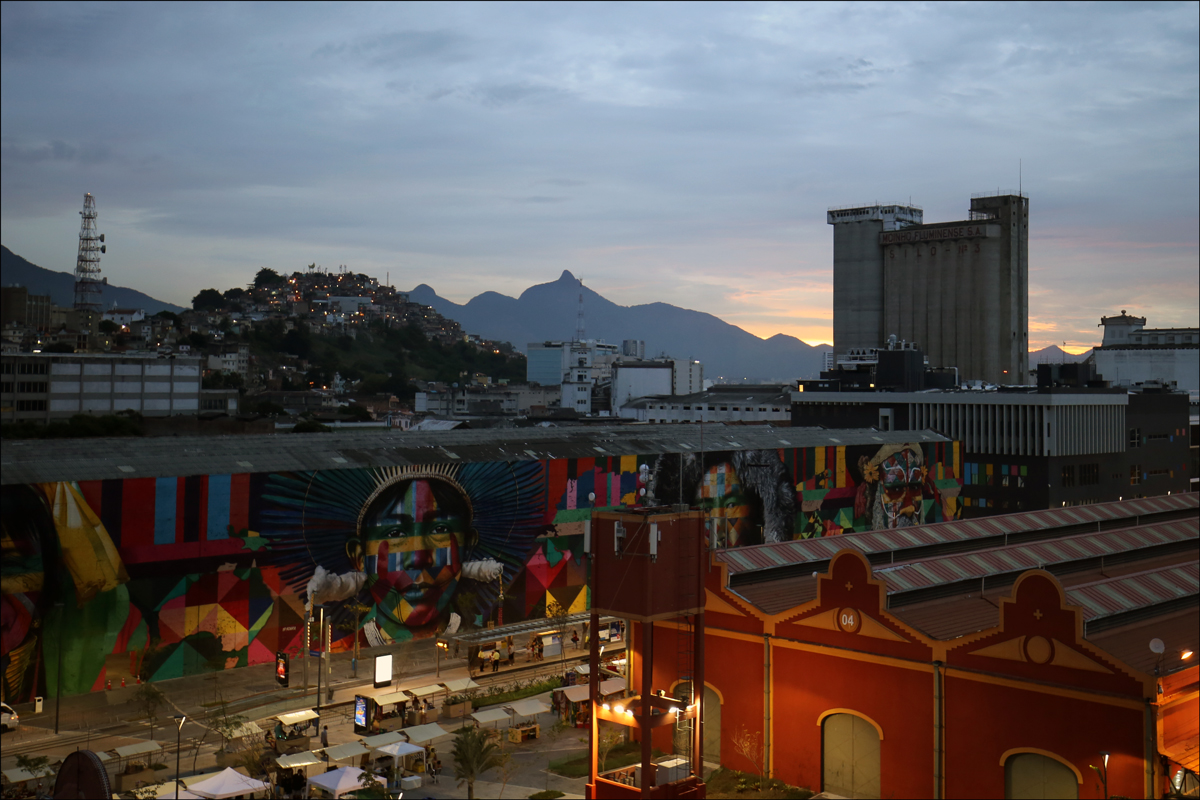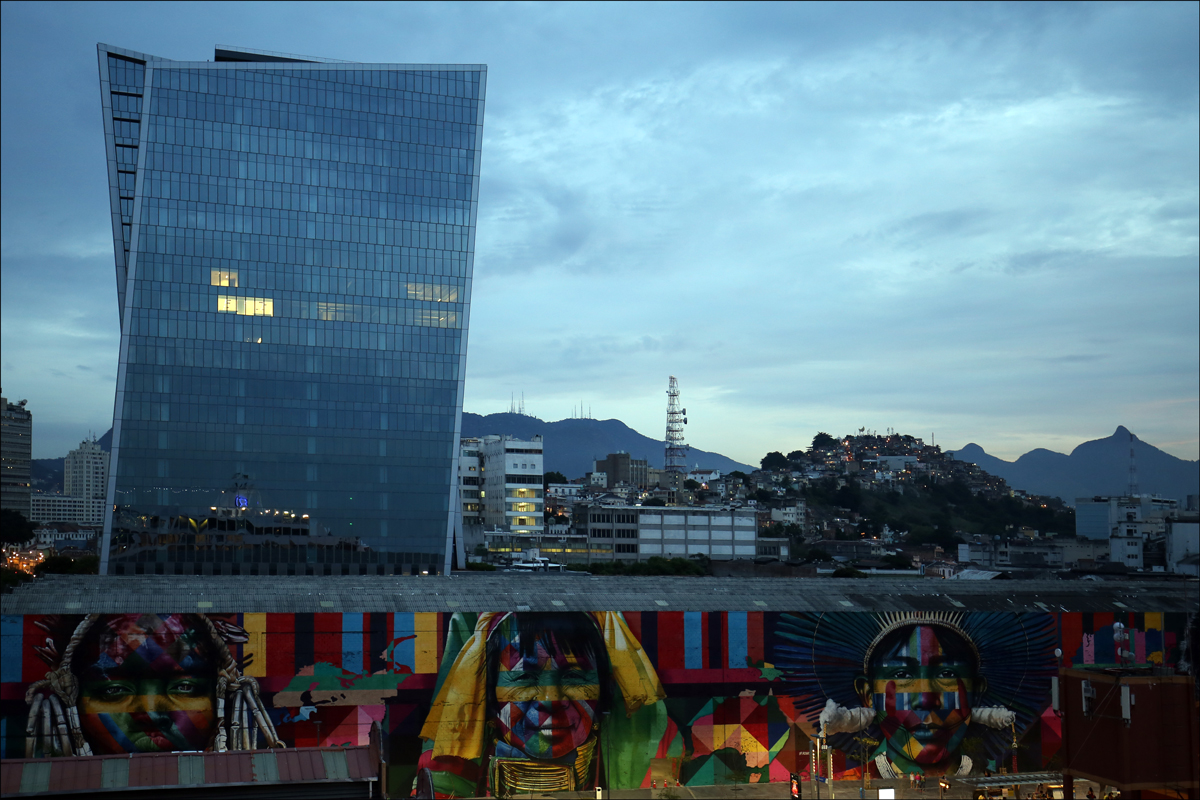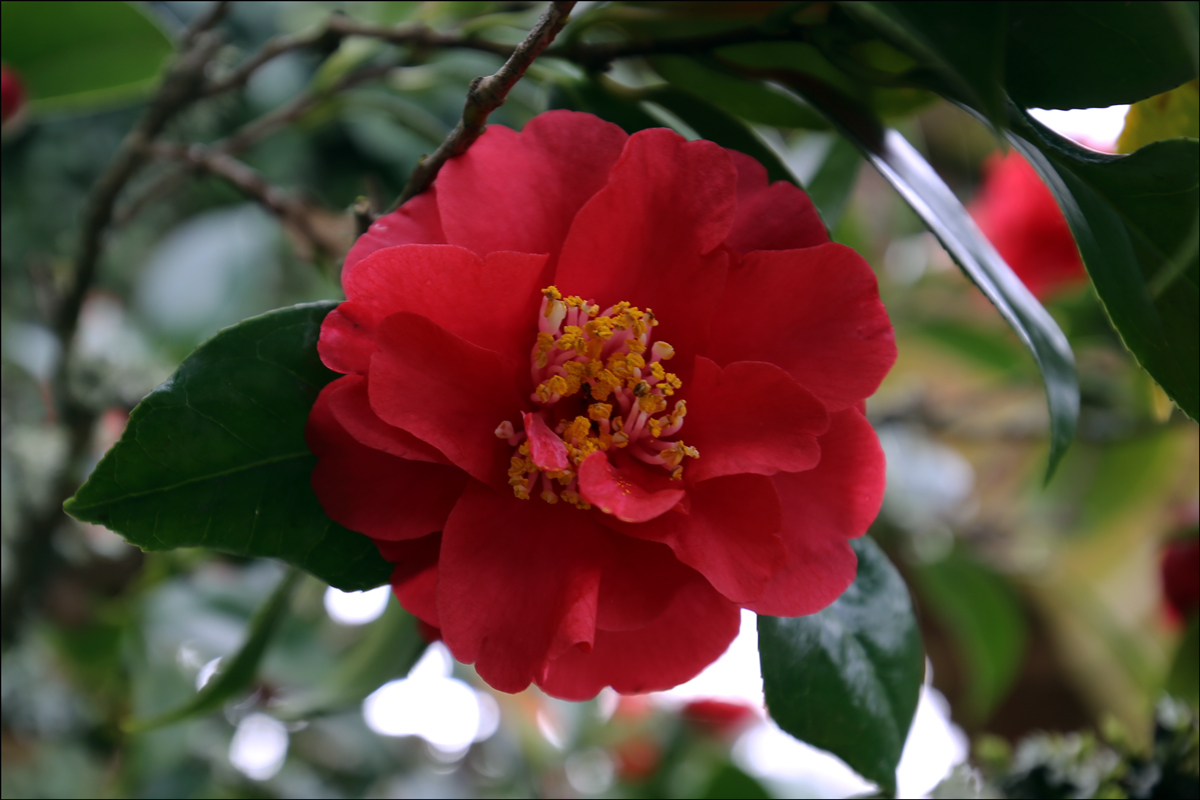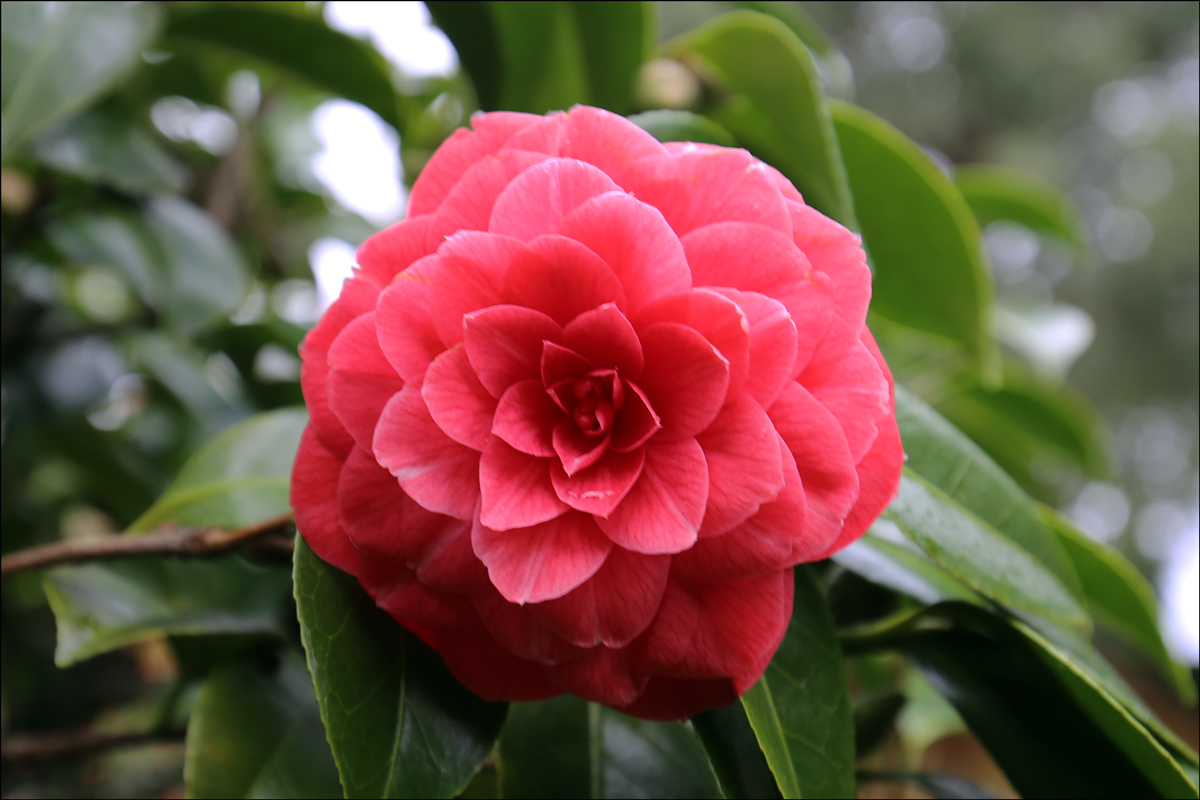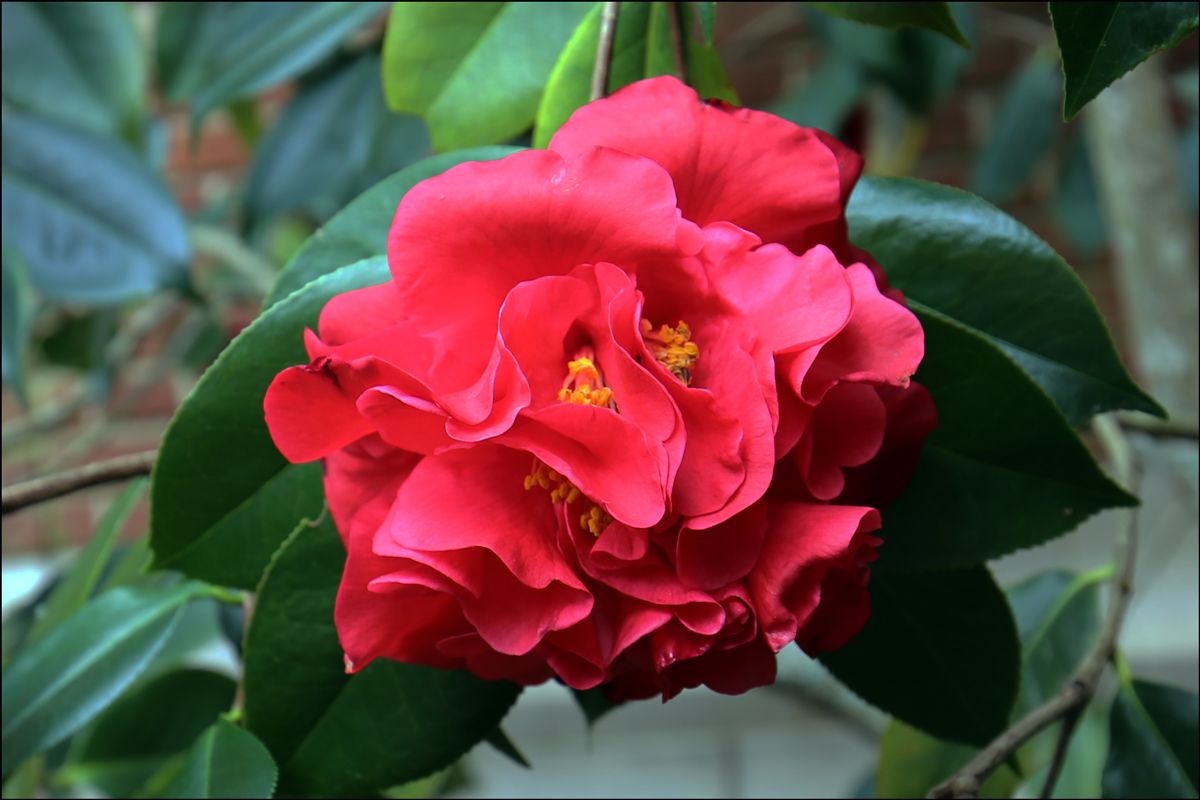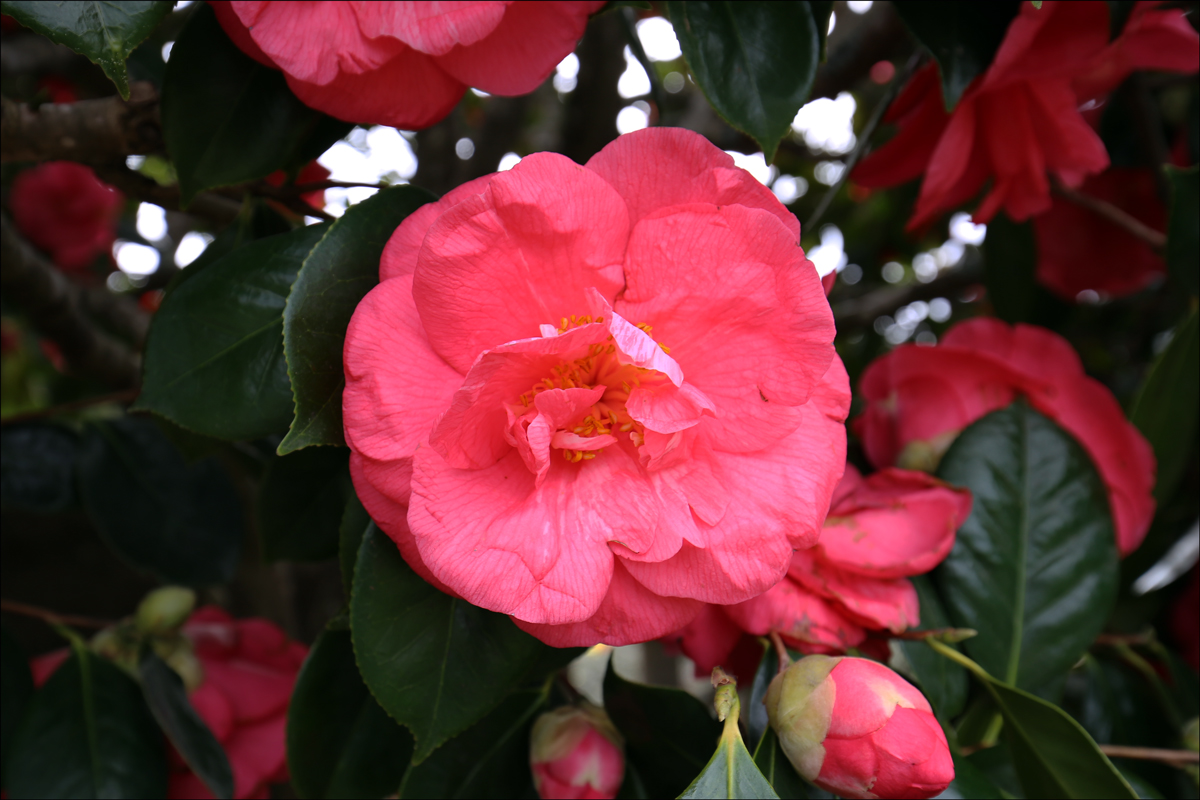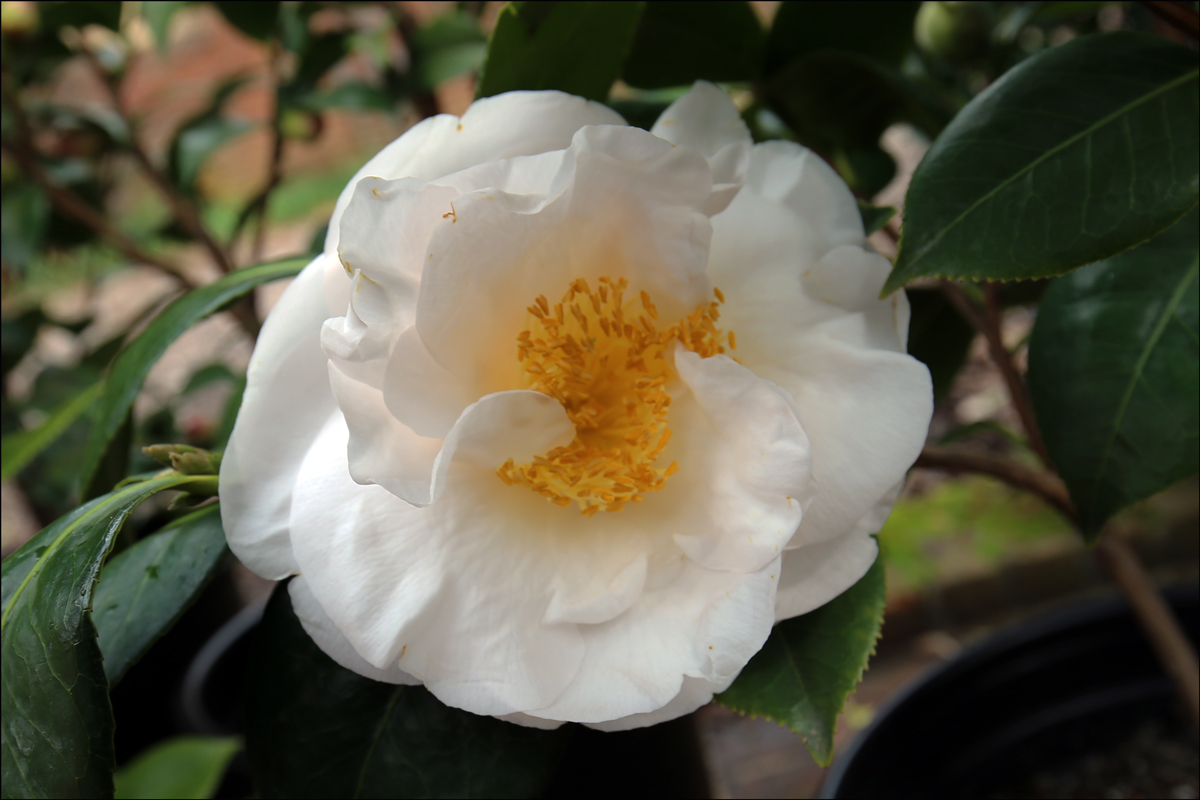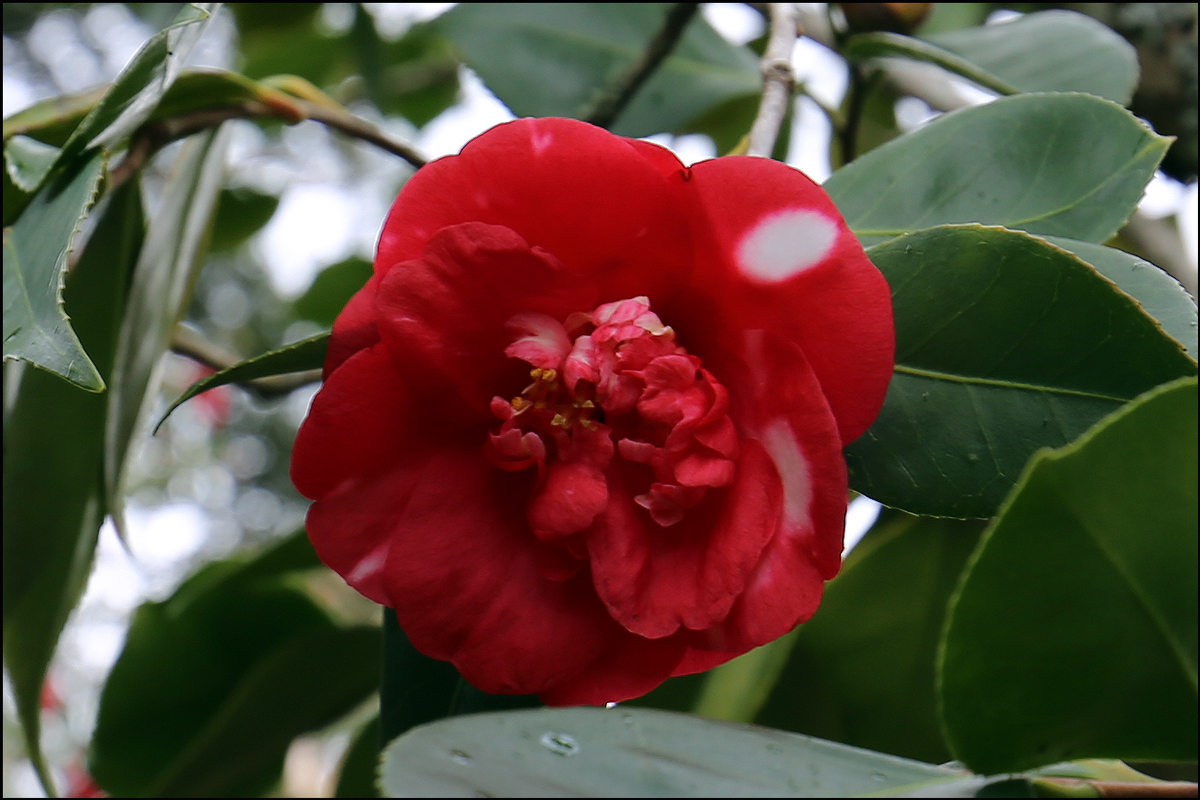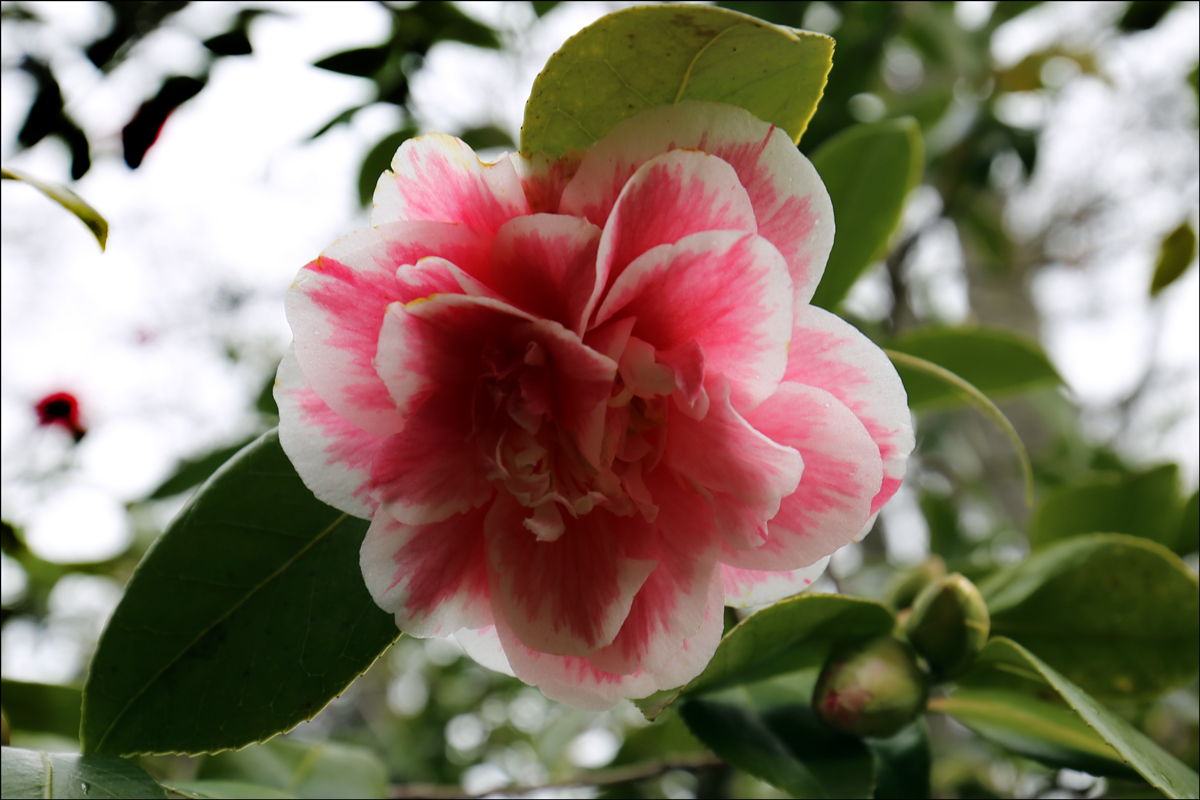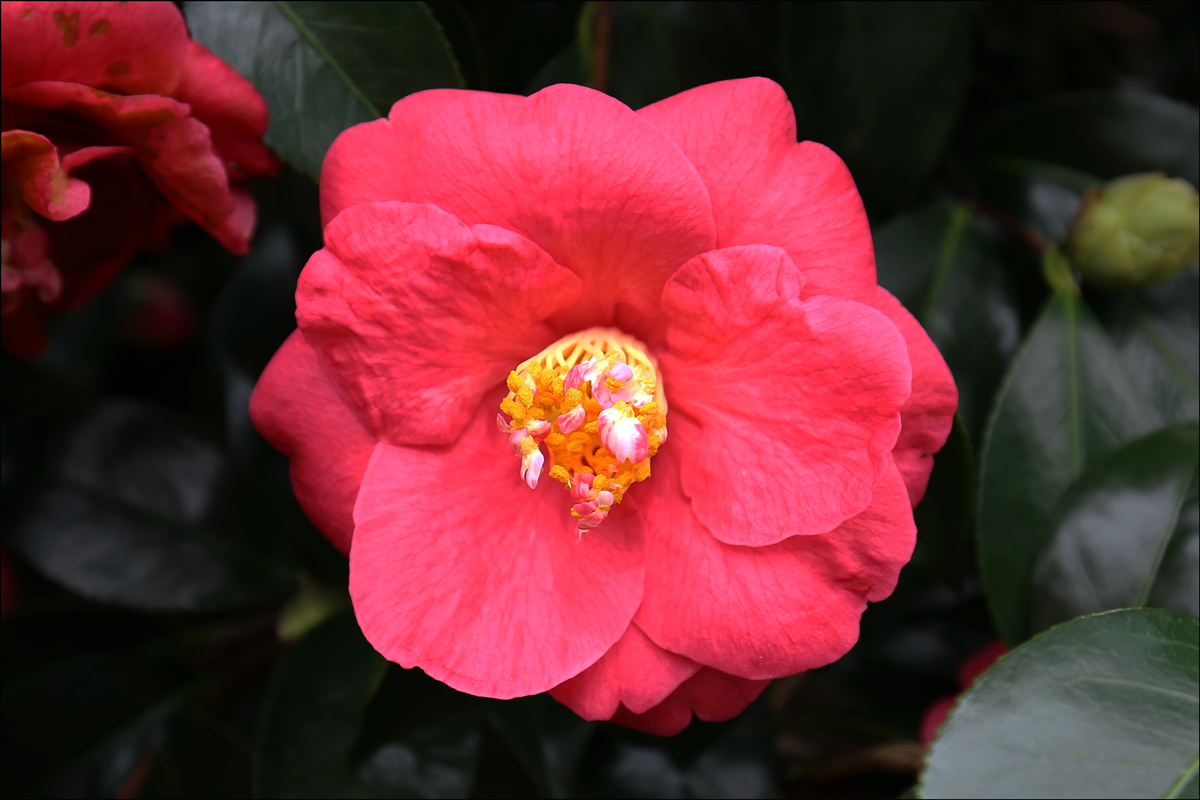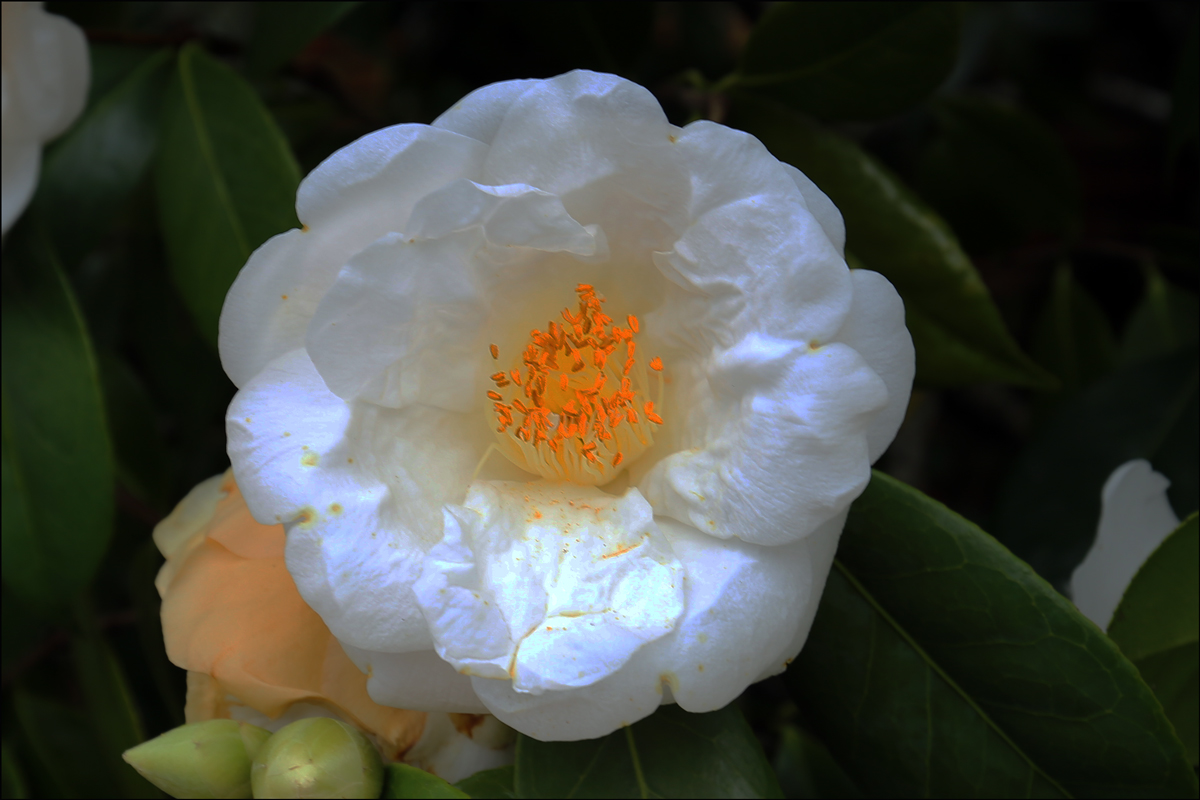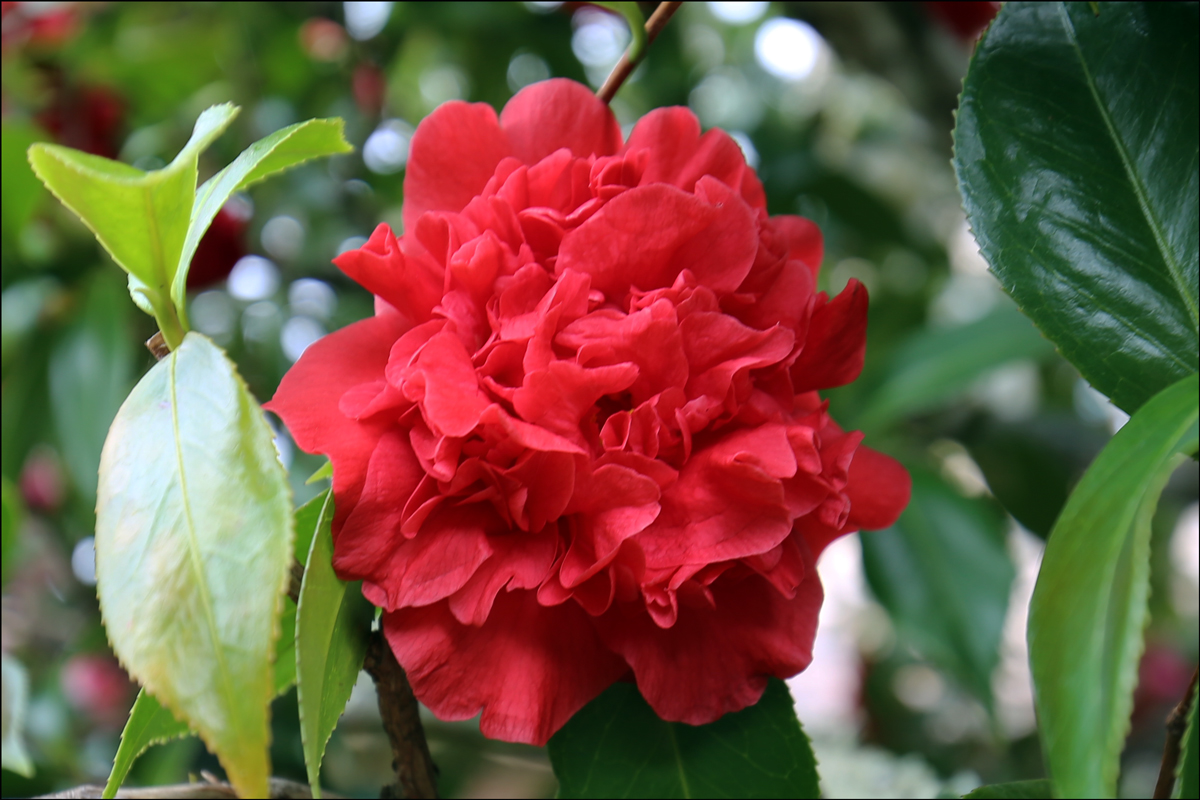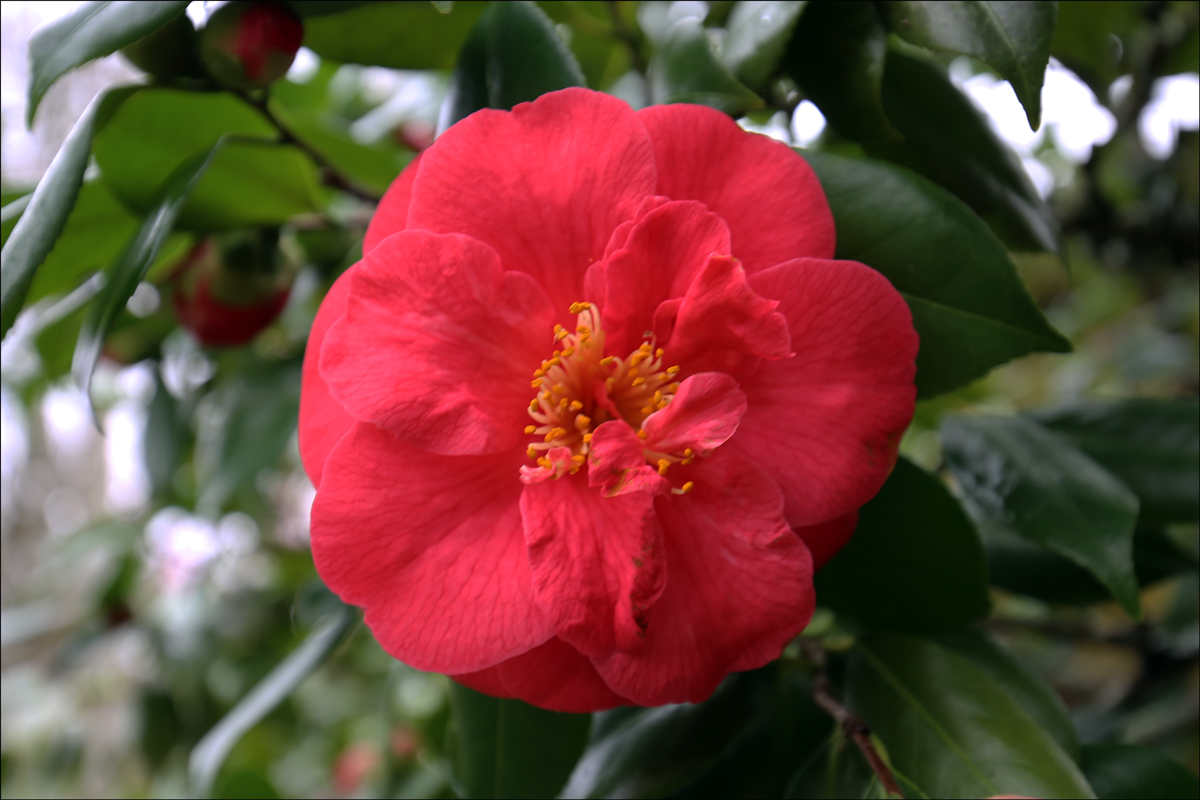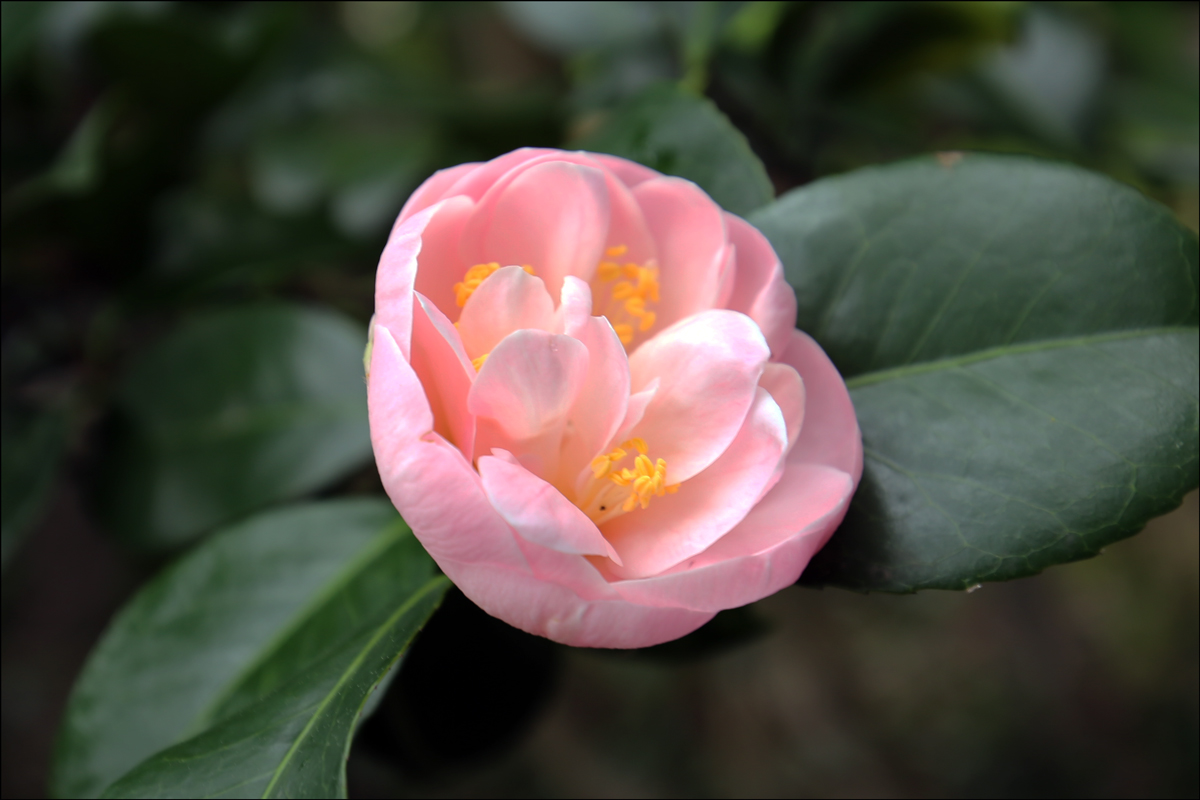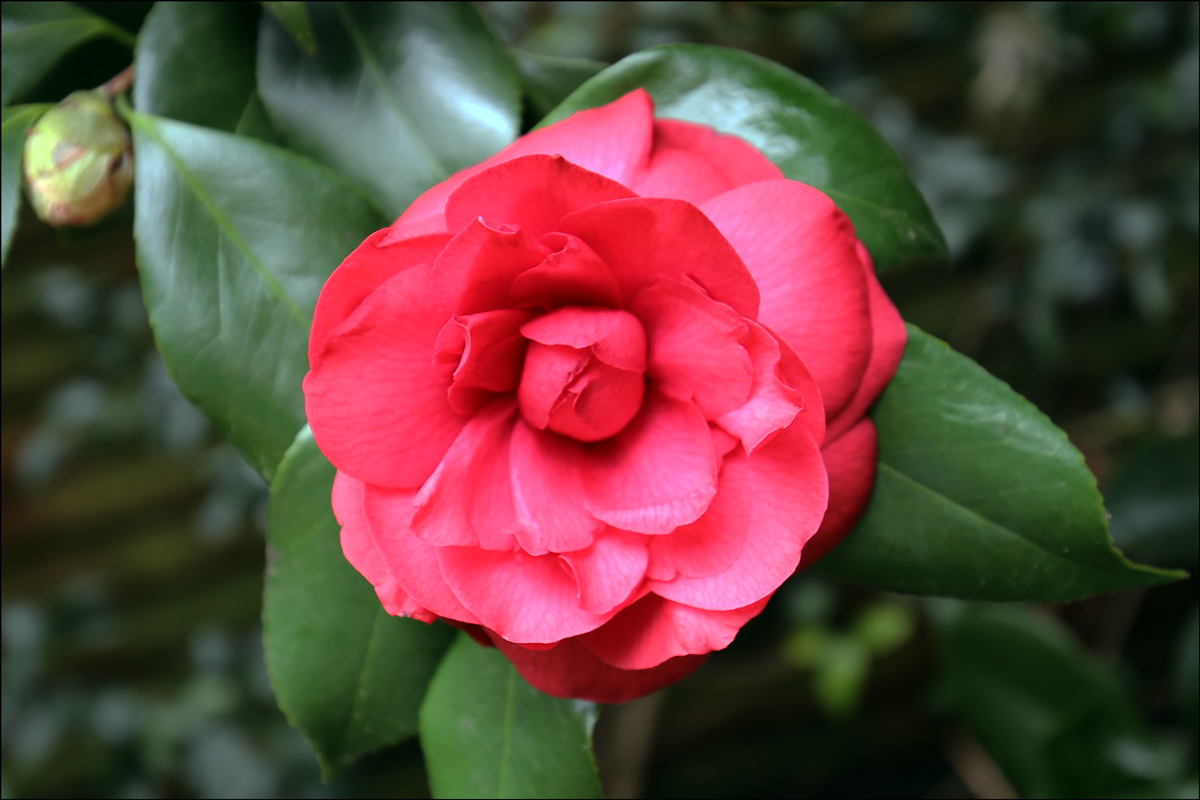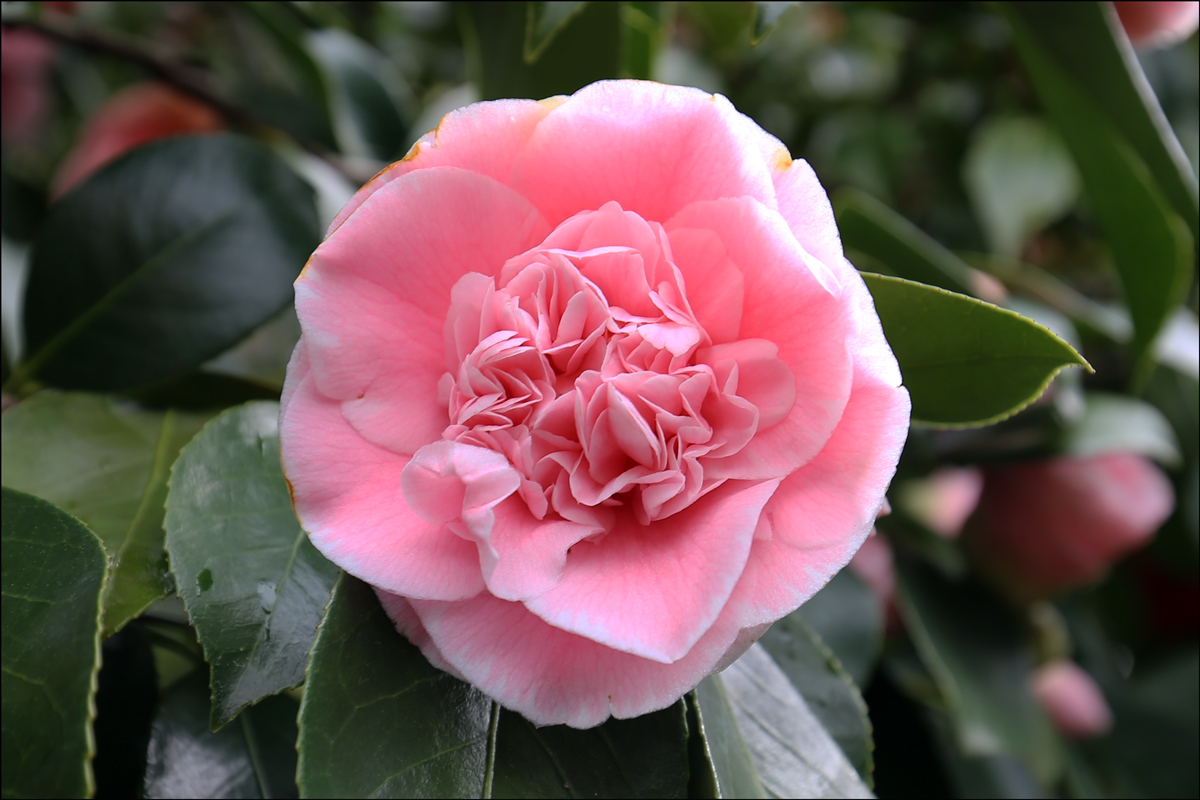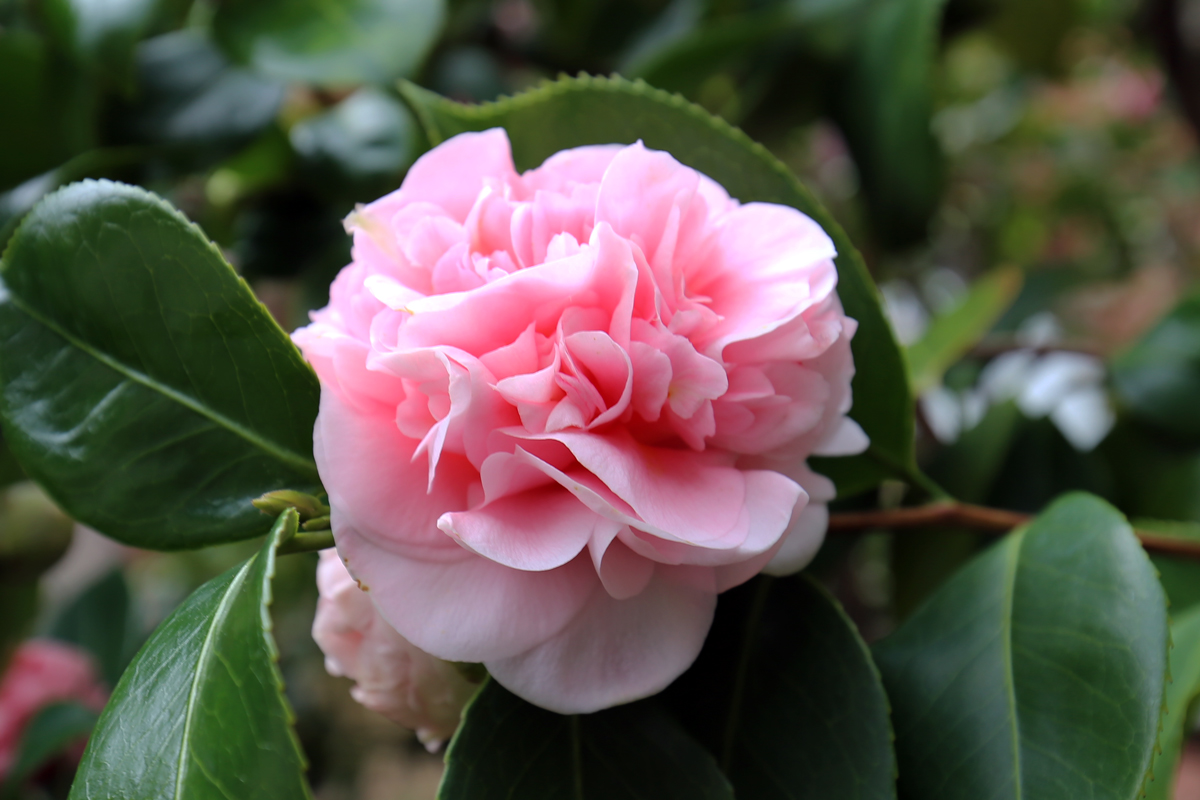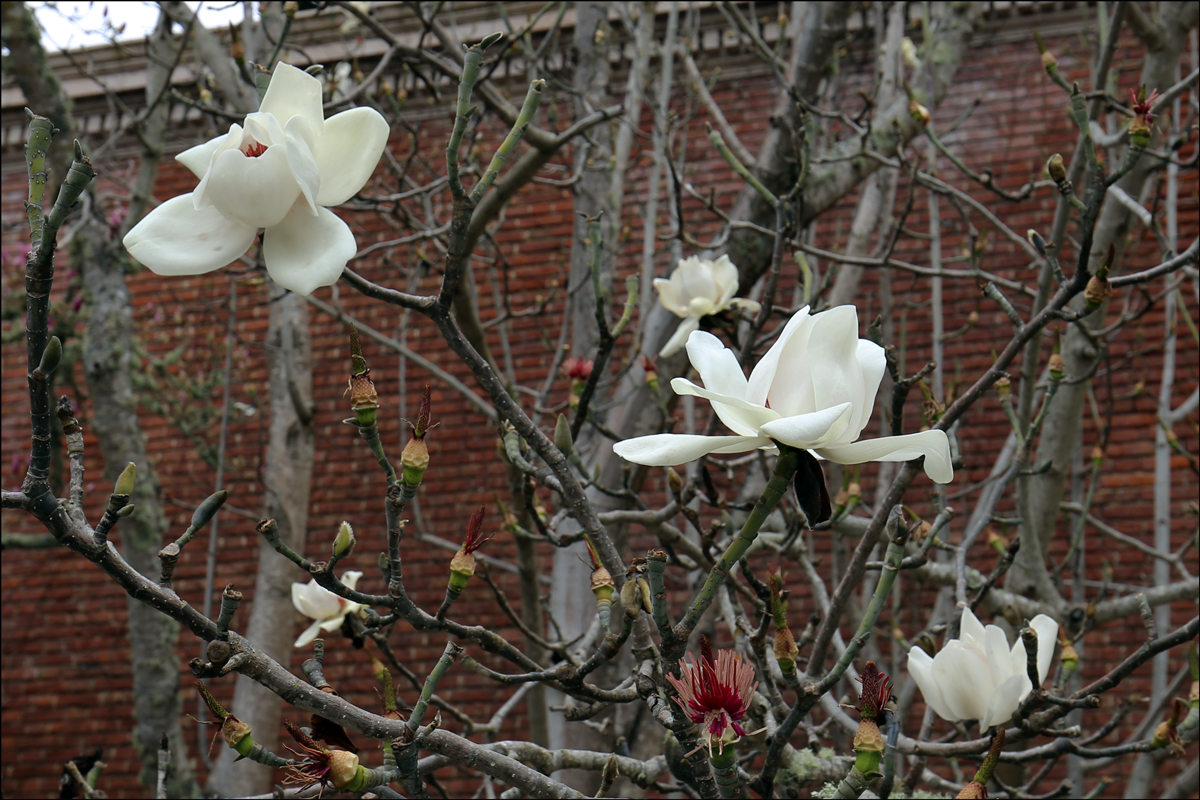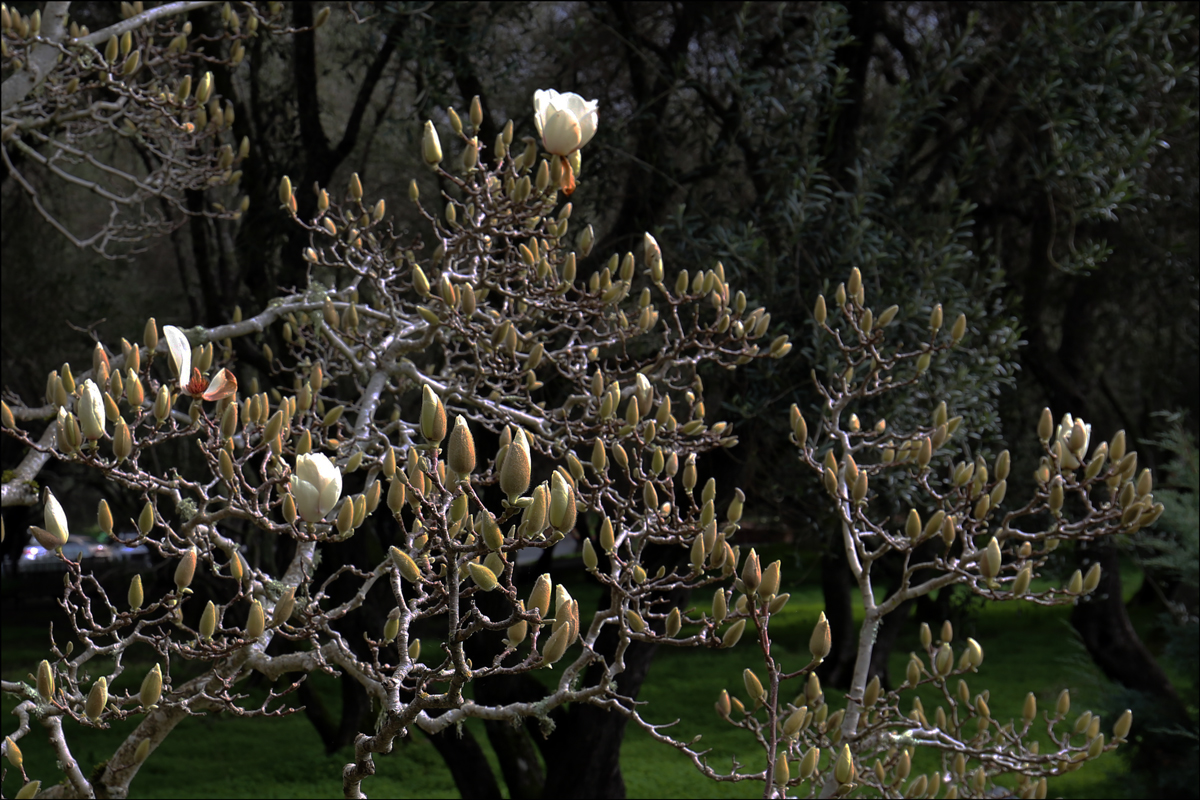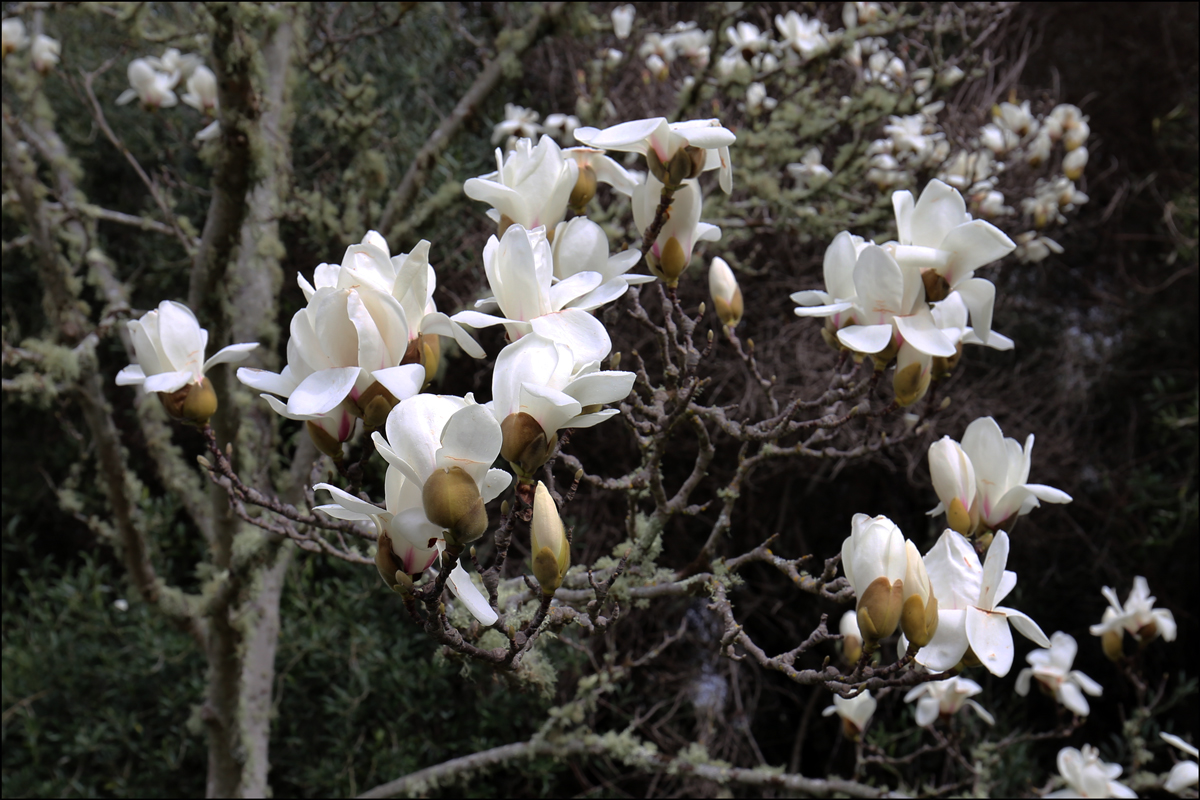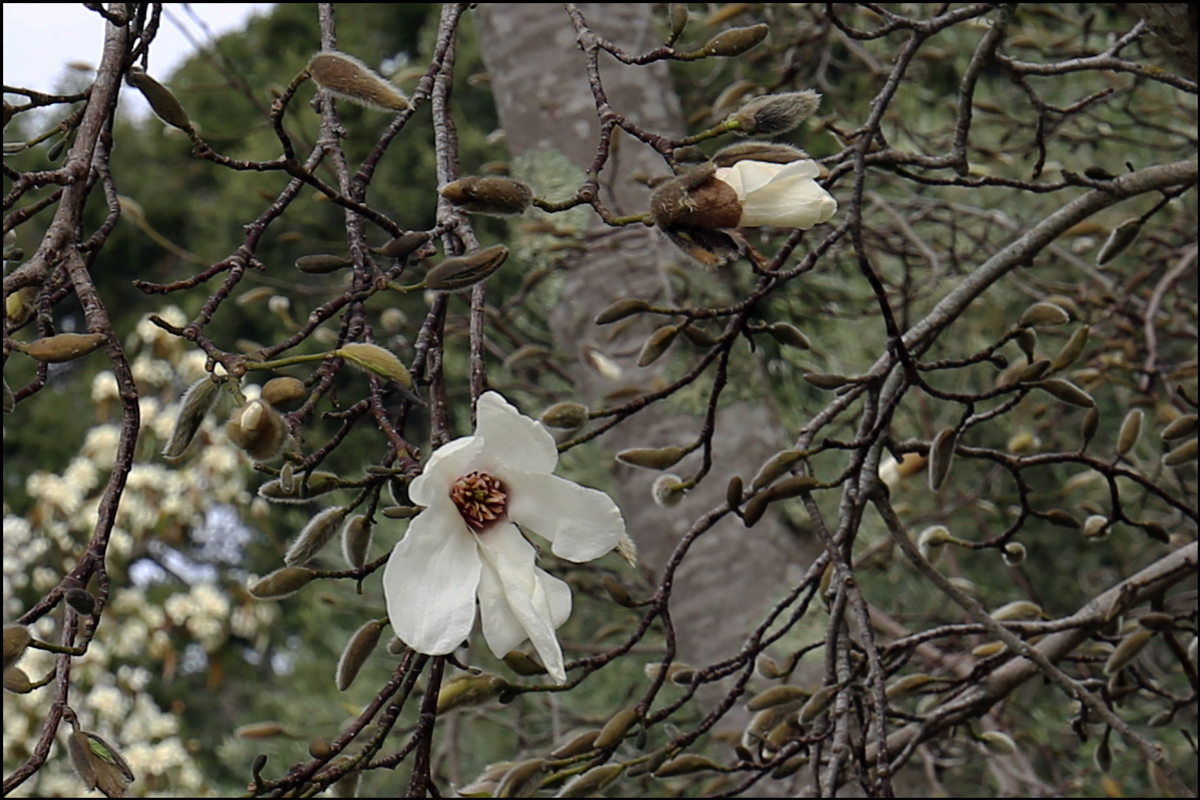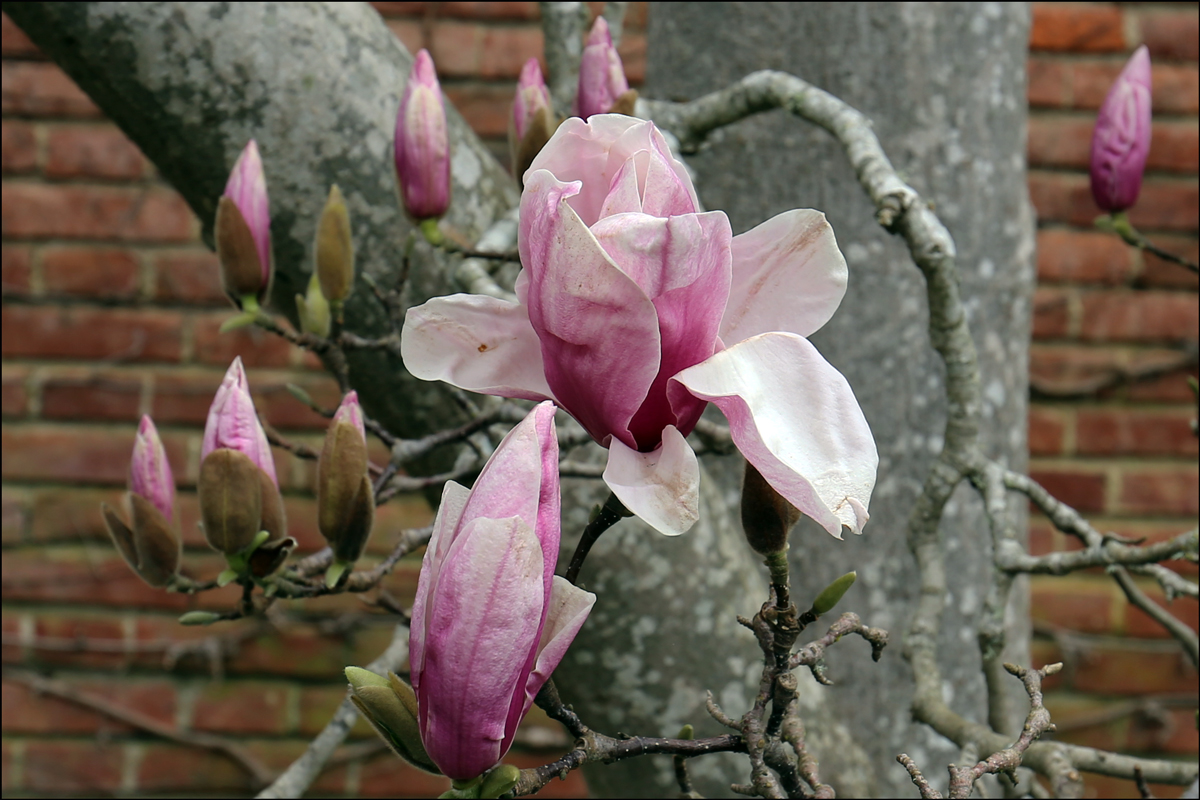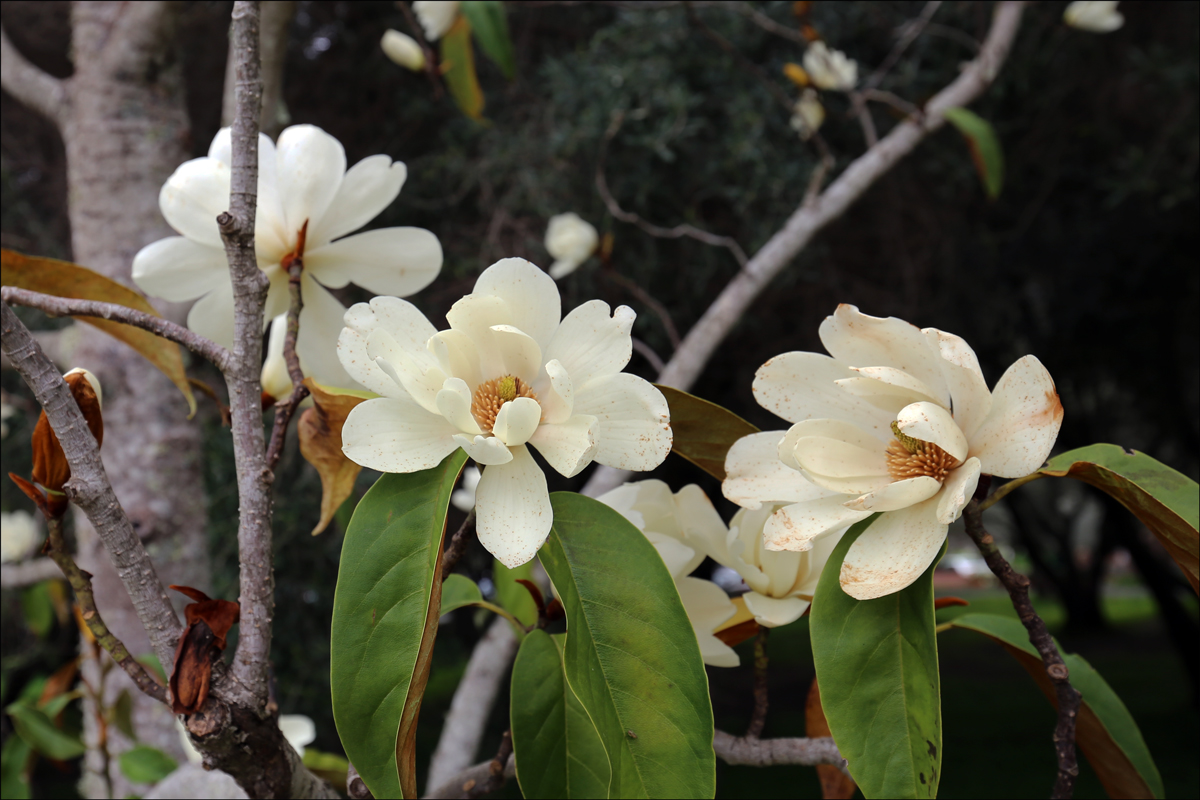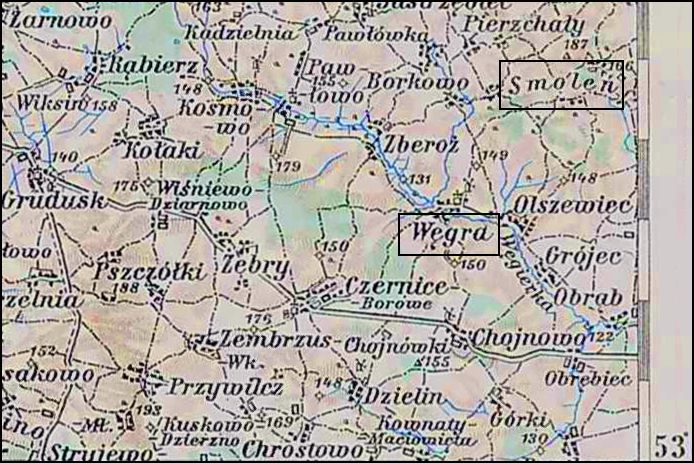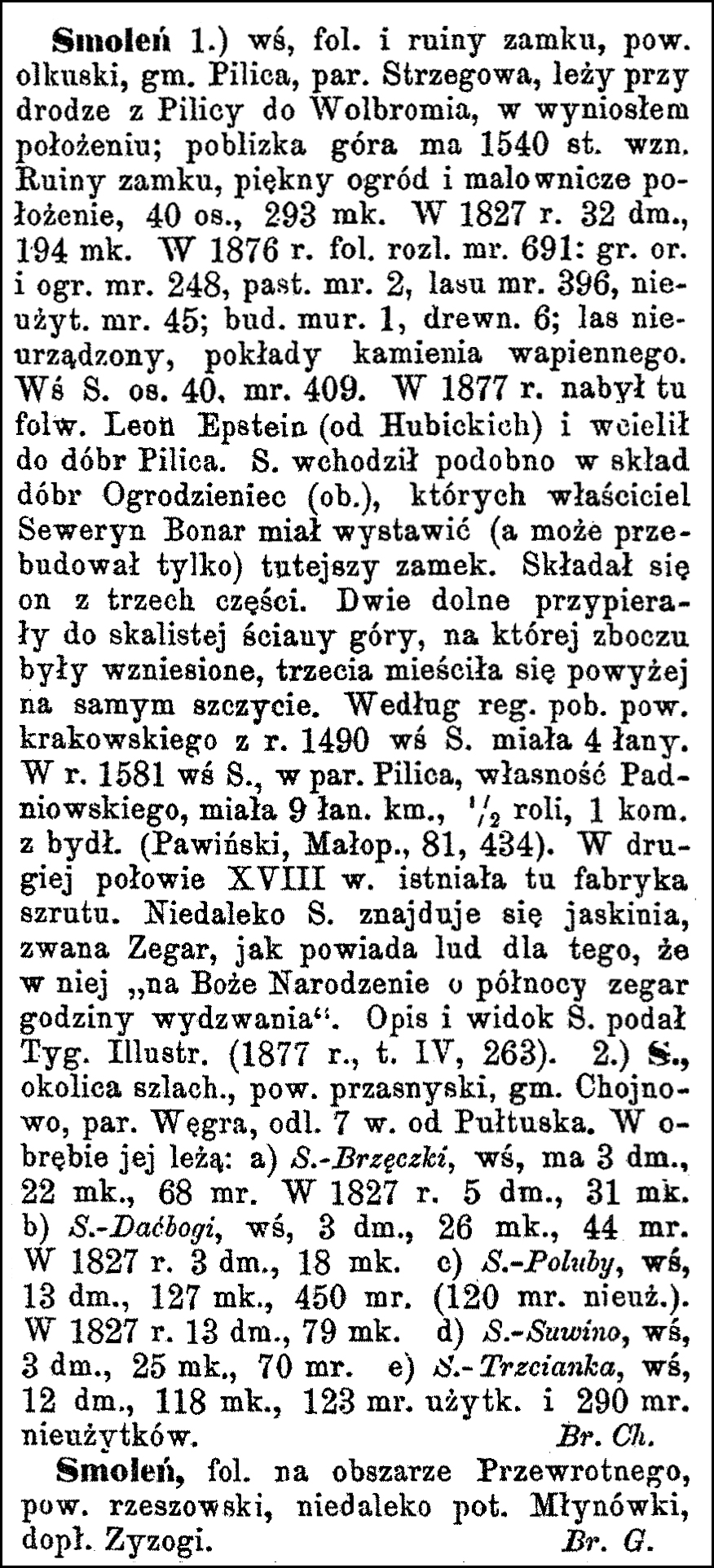There are seven main entries for Milewo in the Słownik Geograficzny Królestwa Polskiego i Innych Krajów Słowiańskich (Geographical Dictionary of the Kingdom of Poland and other Slavonic Countries). The first main entry includes several villages located in the Ciechanów Powiat and includes villages where my ancestors lived. These villages appear on the Third Military Mapping Survey of Austria-Hungary on Sheet 39-53, Ostrołęcka. The village of Milewo is highlighted in the image below by a box surrounding the name of the village. The village of Krasne, the parish for most of these small villages called Milewo is also highlighted. Note that one village, Milewo-Rączki, belongs to the parish in Zielona, not Krasne.

Third Military Mapping Survey of Austria-Hungary for Milewo
SOURCE: Third Military Mapping Survey of Austria-Hungary, 39-53, Ostrołęcka. Online http://lazarus.elte.hu/hun/digkonyv/topo/200e/39-53.jpg; downloaded 04 July 2016.
The places called Milewo where my ancestors lived are described in subentry 3 and includes the descriptions of 11 different small villages.
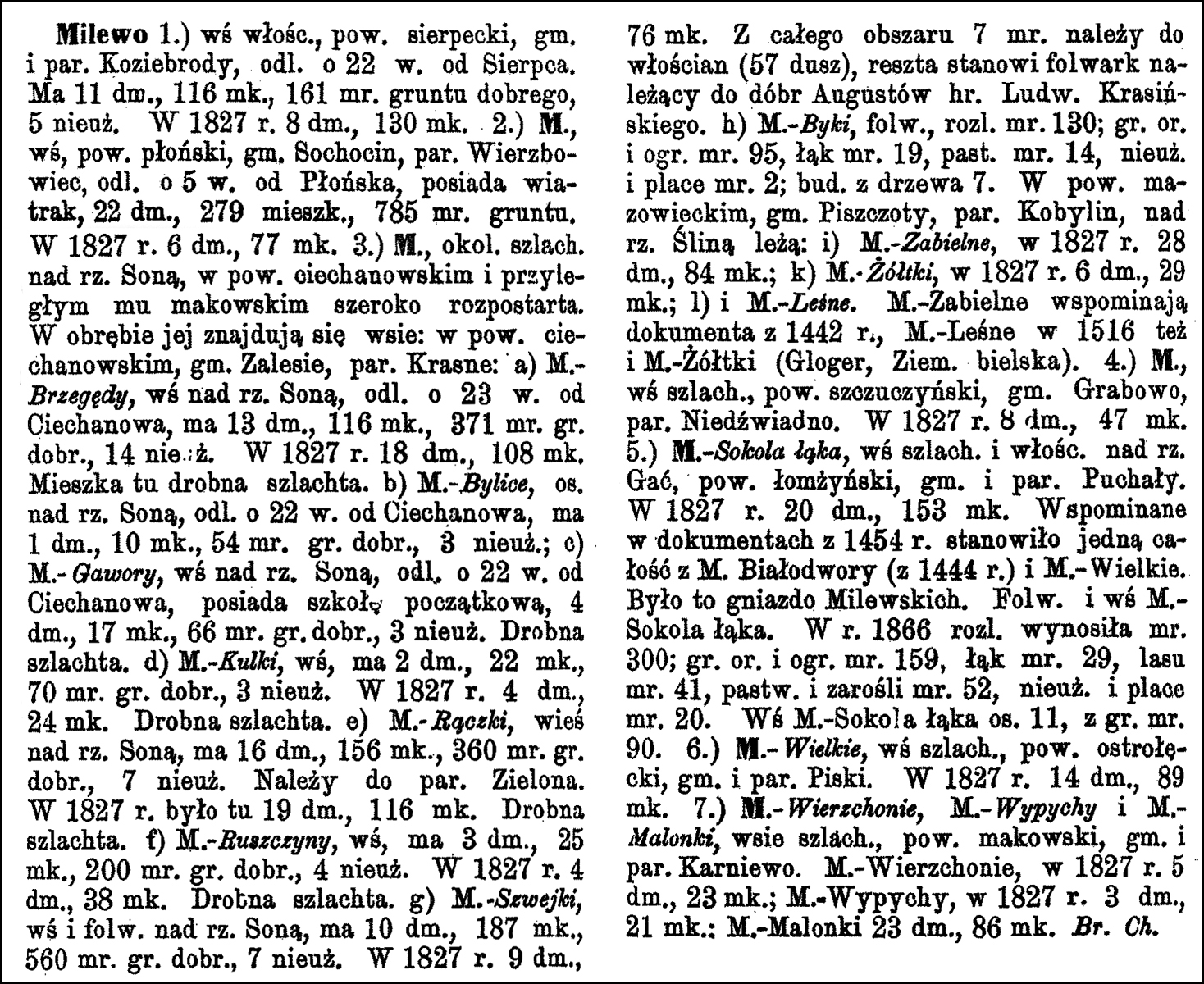
Słownik Geograficzny Entry for Milewo
SOURCE: Sulimierski, Filip, Bronisław Chlebowski, and Władysław Walewski, eds., Słownik Geograficzny Królestwa Polskiego i Innych Krajów Słowiańskich (Geographical Dictionary of the Kingdom of Poland and other Slavonic Countries) – Warsaw 1885, Volume VI, page 424, digital images, University of Warsaw ICM (http://dir.icm.edu.pl/pl/Slownik_geograficzny/Tom_VI/424 : accessed 04 July 2016). Text in Polish, translated by Stephen J. Danko, 04 July 2016.
Click on the link for a PDF copy of the Słownik Geograficzny Entry for Milewo. The record, translated from the Polish, states:
Milewo 1.) a peasant village in Sierpc powiat [district], gmina [community] and parish of Koziebrody, about 22 versts [1 verst = 0.663 miles] from Sierpc. There are 11 homes, 116 residents, 161 mórgs [in the Russian partition, 1 mórg = 1.388 acres] of good land, 5 mórgs of wastelands. In 1827 there were 8 homes and 130 residents.
2.) Milewo, a village in Płońsk powiat, Sochocin gmina, and parish of Wiezbowiec, 5 versts from Płońsk, it has a windmill, 22 homes, 279 residents, and 785 mórgs of good land. In 1827 there were 6 homes and 77 residents.
3.) Milewo, an area of nobles on the Sona river in Ciechanów powiat and bordering a wide stretch of Maków. Within its area are found the villages in Ciechanów powiat, Zalesie gmina, and Krasne parish:
a) Milewo-Brzegędy, a village on the Sona River, about 23 versts from Ciechanów. There are 13 homes, 116 residents, 371 mórgs of good land, 14 mórgs of wastelands. In 1827 there were 18 homes and 108 residents. Lesser nobility live here.
b) Milewo-Bylice, a settlement on the Sona River, about 22 versts from Ciechanów. There is 1 home, 10 residents, 54 mórgs of good land, and 3 mórgs of wastelands.
c) Milewo-Gawory, a village on the Sona River, about 22 versts from Ciechanów. There is an elementary school, 4 homes, 17 residents, 54 mórgs of good land, 3 mórgs of wastelands, and lesser nobles.
d) Milewo-Kułki, a village with 2 homes, 22 residents, 70 mórgs of good land, and 3 mórgs of wastelands. In 1827, it had 4 homes and 24 residents.
e) Milewo-Rączki, a village on the Sona River with 16 homes, 156 residents, 360 mórgs of good land, and 7 mórgs of wastelands. It belongs to the parish Zielona. In 1827 there were 19 homes and 116 residents here. Lesser nobles.
f) Milewo-Ruszczyny, a village with 3 homes, 25 residents, 200 mórgs of good land, and 4 mórgs of wastelands. In 1827, there were 4 homes and 38 residents. Lesser nobles live here.
g) Milewo-Szwejki, a village and grange [a large manorial farmstead] on the Sona River with 10 homes, 187 residents, 560 mórgs of good land, and 7 mórgs of wastelands. In 1827 there were 9 homes and 76 residents. In the entire area 7 mórgs belong to the peasants (57 souls). The rest of the estate belongs to the property of Augustów Count Ludwik Krasiński.
h) Milewo-Byki, a grange and expanse of 130 mórgs with 2 mórgs of arable land and gardens and 7 wooden buildings in Mazowieck powiat, Piszczoty gmina, and Kobylin parish, lying on the Ślina River.
i) Milewo-Zebielne, where in 1827 there were 28 homes and 84 residents,
k) Milewo-Żółtki, where in 1827 there were 6 homes and 19 residents,
l) and Milewo-Leśne. Milewo-Zabielne is mentioned in documents from 1442, Milewo-Leśne and Milewo-Żółtki are mentioned in 1516 (Gloger, Ziem. bielska).
4.) Milewo is a village of nobles, Szczuczyn powiat, Grabowo gmina, Niedżwiadno parish. In 1827 there were 8 homes and 47 residents.
5.) Milewo–Sokola łąka is a village of nobles and peasants on the Gać River in Łomża powiat, in the gmina and parish of Puchały. In 1827 there were 20 homes and 153 residents. Mentioned in documents from 1454, it constituted one whole out of Milewo Białodwory (from 1444) and Milewo-Wielkie. It was the Milewski family nest. The grange and village Milewo-Dokola łąka. In the year 1866 its expanse amounted to 300 mórgs: 150 mórgs of arable land and gardens, 29 mórgsof meadows, 41 mórgs of forests, 52 mórgs of pastures and bushes, and 20 mórgs of wastelands and squares. The village of Milewo-Sokola łąka settlement with 90 mórgs of land.
6.) Milewo–Wielkie is a village of nobles in Ostrołęka powiat, gmina and parish of Piski. In 1827 there were 14 homes and 89 residents.
7.) Milewo–Wierzchonie, Milewo-Wypychy and Milewo-Malonki are villages of nobles in Maków powiat, gmina and parish of Karniewo. In 1827, Milewo-Wierzchonie had 5 homes and 23 residents; in 1827, Milewo-Wypychy had 3 homes and 21 residents, and Milewo-Malonki had 23 homes and 86 residents.
Br[onisław] Ch[lebowski]
Copyright © 2016 by Stephen J. Danko
